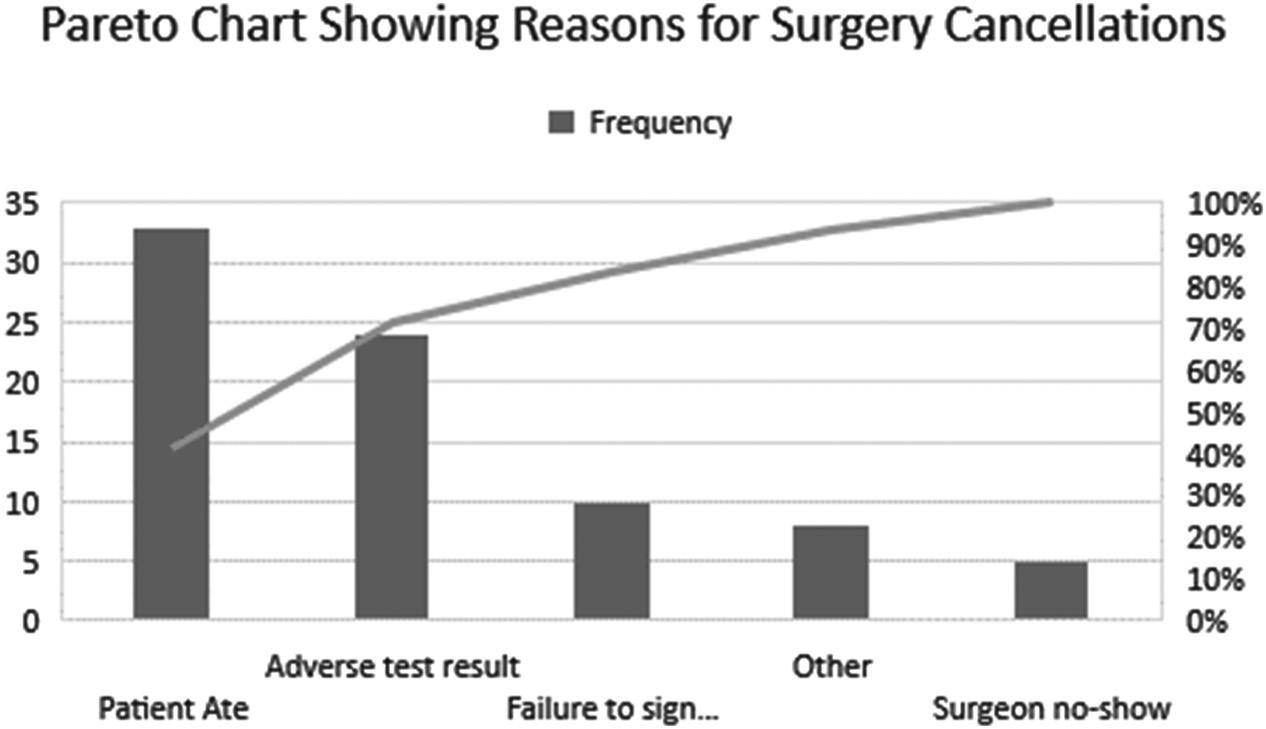Determinants of Value: Patients’ Perspective ◾ 43
Only with all parties focusing on value for the patient will the industry make progress on this front. The challenges facing the healthcare system cannot be solved by any one discipline or entity. The federal and state governments cannot legislate their way out of the healthcare quagmire, and the private sector will also have a key role in this transformation.
The Patient Experience Value Manifesto The following principles address aspects of the patient’s experience that might cause patients to question or reaffirm an organization’s value proposition: 1. Chief Complaint Principle: Understand the chief complaint and display a laser-like focus toward addressing it. Patients expect to be provided with the best-known (evidence-based) options for addressing their chief complaint. In other words, deliver clinical quality care in accordance with the best-known scientific guidelines, affordably and sustainably. It is difficult to acknowledge value if a patient’s chief complaint is not resolved satisfactorily. The clinical outcome associated with the patient’s primary health concern must be satisfactory to the patient, the patient’s family, or other significant representative of the patient. 2. Hassle Factor Principle: Be sensitive to the inconvenience imposed on the patient by the system of care delivery, whether or not you are responsible for the inconvenience. Inconveniences may take the forms of waiting room temperature, scheduling error, staff error, physician running late, machine or equipment breakdown or malfunction, inadequate staffing, long wait times, delays in responding to call lights, excessive noise, etc. Ideally, there should be one place to go for all things healthcare. Hassles suck the life out of providers and patients and reinforce the perception of diminished value. 3. Safety Principle: Do no harm. Avoid anything that could make matters worse, unless the patient consents. Disclose all risks fully. Demonstrate how much premium you and your organization place on patient and staff safety. Negligence of any kind, real or imagined, makes the perception of value impossible. Make a commitment to safety, as demonstrated through things like hand hygiene, hospital-acquired infections, patient falls, mislabeled specimens, medication errors, etc. Each safety











